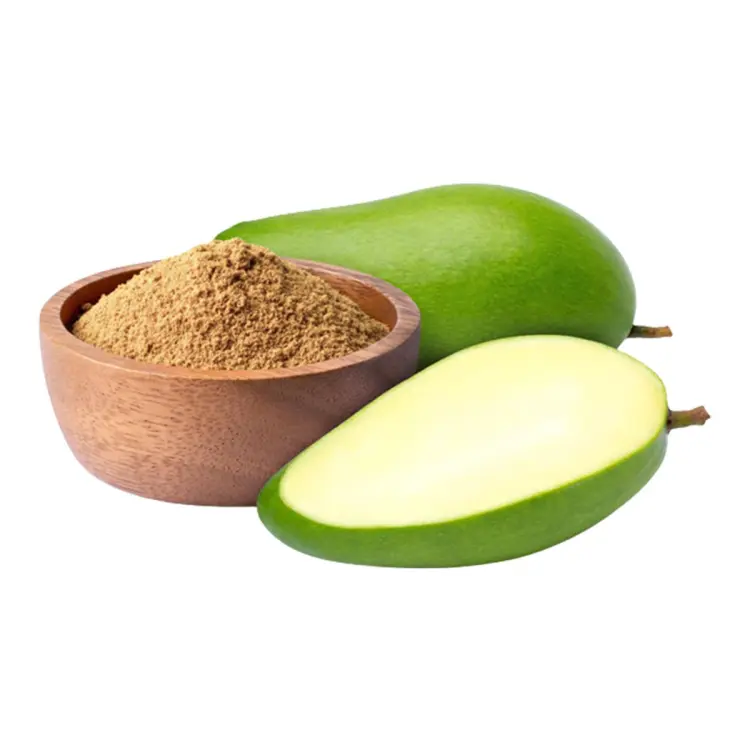Blog
What is the cultural significance of mango?

The mango, a fruit as vibrant in color as its history is rich, transcends its delicious taste to hold a deep cultural significance across continents. Originating in South Asia, most likely India, the mango has traversed borders and time, weaving itself into the fabric of traditions, folklore, and religious beliefs.
In India, the mango reigns supreme as the “King of Fruits.” Cultivated for over 5,000 years, its presence is deeply embedded in the country’s cultural identity. Legends speak of Lord Buddha finding solace under the shade of a mango tree, and the fragrant leaves are used to adorn doorways during auspicious occasions, symbolizing prosperity and good luck. Hindu mythology associates the mango with Kamadeva, the god of love, who wields a bow made from mango wood to ignite desire. This association continues today, with mangoes featuring prominently in wedding ceremonies and celebrations of love.
Beyond India, the mango’s journey has left its mark on various cultures. In Southeast Asia, the fruit is revered for its medicinal properties. Mango leaves are used in traditional healing practices, and the fruit itself is believed to possess cooling properties that combat the region’s hot climate. Similarly, in Africa, the mango tree is considered sacred, offering shade and sustenance to communities. Its presence is often seen as a symbol of fertility and abundance.
The cultural significance of the mango extends beyond its symbolic meaning. The fruit itself plays a vital role in various culinary traditions. From sweet and savory dishes to refreshing beverages, mangoes lend their unique flavor profile to a vast array of cuisines. In India, unripe mangoes are used in chutneys and pickles, while ripe mangoes are savored fresh, juiced, or incorporated into delectable desserts like mango lassi. Similarly, Southeast Asian countries boast their own unique mango dishes, with Thailand’s sticky rice with mango and the Philippines’ mango with bagoong (shrimp paste) being just a few examples. The versatility of the mango allows it to be enjoyed in countless ways, further solidifying its importance in cultural cuisines.
The economic impact of the mango is also noteworthy. As a major agricultural crop, the mango industry provides livelihood and income for many communities around the world. From farmers cultivating the fruit to vendors selling it in bustling marketplaces, the mango contributes significantly to local economies. This economic importance strengthens the cultural connection, as the fruit becomes intertwined with the well-being and prosperity of communities.
Art and Architecture: The ubiquitous presence of the mango extends beyond the realm of food and tradition. Its vibrant colors and distinctive shape have inspired artists for centuries. In India, the paisley design, a ubiquitous motif in textiles and art, is believed to be a stylized representation of a mango. Similarly, Mughal architecture from the 16th and 17th centuries often incorporated mango tree motifs into designs, reflecting the fruit’s esteemed status.
Festivals and Celebrations: The mango features prominently in various festivals across Asia. In India, the “Aam Aadmi Party” (Common Man’s Party) organizes a vibrant “Mango Festival” every year, celebrating the fruit’s cultural and economic significance. Similarly, Thailand holds an annual “Mango Fair,” showcasing the diverse varieties and culinary creations featuring the fruit. These festivals not only celebrate the mango but also serve as a platform for cultural exchange and community building.
Folklore and Mythology: The mango’s presence transcends the physical realm, finding its way into folklore and mythology. In Southeast Asian cultures, stories abound about mythical creatures guarding mango trees, highlighting the fruit’s perceived preciousness. Additionally, Philippine folklore associates the mango with a mythical bird called the “Manggahaw,” whose tears supposedly turned into mangoes, adding a layer of enchantment to the fruit’s origin story. These tales reflect the deep connection between the mango and the cultural imagination.
Modern Symbolism: Even in the modern world, the mango retains its symbolic power. In many developing countries, a flourishing mango tree signifies prosperity and a source of livelihood. Furthermore, the act of sharing mangoes embodies hospitality and generosity. The fruit continues to bridge cultural divides, fostering connections and promoting a sense of community.
Environmental Significance: Beyond its cultural value, the mango tree plays a crucial role in the environment. Its dense canopy provides shade and shelter, while its roots prevent soil erosion. Additionally, mango trees are a vital source of food and habitat for various animals, contributing to the ecological balance.
In conclusion, the mango’s significance goes far beyond its juicy flesh. It is a symbol of love, prosperity, and good health, deeply woven into the cultural tapestry of various societies. From its ancient origins in India to its global presence today, the mango continues to captivate our senses and enrich our understanding of the world’s diverse cultures.
FAQ:
- Where does the mango’s cultural significance originate?
The mango’s cultural journey began in South Asia, most likely India, where it has been cultivated for over 5,000 years.
- What symbolic meaning does the mango hold in India?
In India, the mango is revered as the “King of Fruits.” It symbolizes love, prosperity, and good luck. It features in Hindu mythology and adorns doorways during auspicious occasions.
- How is the mango used in Southeast Asian cultures?
Beyond its delicious taste, the mango is valued for its medicinal properties. Mango leaves are used in traditional healing, and the fruit is believed to have cooling properties.
- What role does the mango play in African cultures?
The mango tree is considered sacred in many African communities, offering shade, sustenance, and symbolizing fertility and abundance.
- How is the mango incorporated into various cuisines?
The mango’s versatility shines in culinary traditions worldwide. From sweet and savory dishes to refreshing beverages, it features in everything from Indian chutneys and Thai sticky rice to Philippine mangoes with bagoong.
- Does the mango have any economic significance?
As a major agricultural crop, the mango industry provides livelihood and income for many communities globally. Farmers, vendors, and exporters all contribute to the economic impact of this beloved fruit.
- How has the mango inspired artistic expression?
The mango’s vibrant colors and shape have captivated artists for centuries. The famous paisley design is believed to be a stylized representation of a mango, and Mughal architecture often incorporated mango tree motifs.
- Are there any festivals that celebrate the mango?
Several festivals across Asia celebrate the mango. India’s “Aam Aadmi Party” organizes a “Mango Festival,” while Thailand holds an annual “Mango Fair,” showcasing the fruit’s cultural and culinary significance.
- Does the mango hold a place in folklore and mythology?
Southeast Asian folklore features stories of mythical creatures guarding mango trees, highlighting its perceived preciousness. Philippine mythology even associates the mango with a mythical bird called the “Manggahaw.”
- What is the modern symbolic meaning of the mango?
In many developing countries, a flourishing mango tree signifies prosperity and a source of livelihood. Sharing mangoes embodies hospitality and generosity, fostering connections and community.




One thought on “What is the cultural significance of mango?”